If you look around online, it’s obvious that people lack imagination.
Most marketing materials you see online follows the same, dreadfully mundane pattern.
To jog your (and my own) creativity, I’ve decided to put together a host of advertising and marketing ideas that are not the same stuff you see day in and day out.
I’ll discuss each briefly with examples and illustrations to really give you the feel for them.
Let’s dive in.
#1: Dyson and Drying Your Hands
Paper towels or blow dryers. Back in the early 2000s, you were drying your hands with one of these two things. But after Dyson was finished disrupting the vacuum industry, he tackled another sector that people weren’t really thinking about.
The technical term for this is “A Solution in Search of a problem”.
No one really cared about this until Dyson told them to care. Worse case scenario, you’d wipe off your hands on your jeans.

Now, this is a must have for establishments expected to have nice restrooms. And Dyson continues to create. (They’ve even got hand dryers that go right beside faucets, now.)
#2: Private Thoughts and Conversations
You know what really sells?
When your ads pick up on things that potential buyers don’t talk about (except in certain private circles).
Take, for instance, Old Spice. Their image was that of an aging grandpa slapping on that iconic smell.
To help change that image, they introduced new scents and began a “the man your man could smell like” campaign.
You know the commercials. A dude riding horses and what not.
These ads not only re-imagined the company, but they also spoke to the unspoken desires of ladies.
The things some women may have talked about with their bestfriend, but not their significant other.
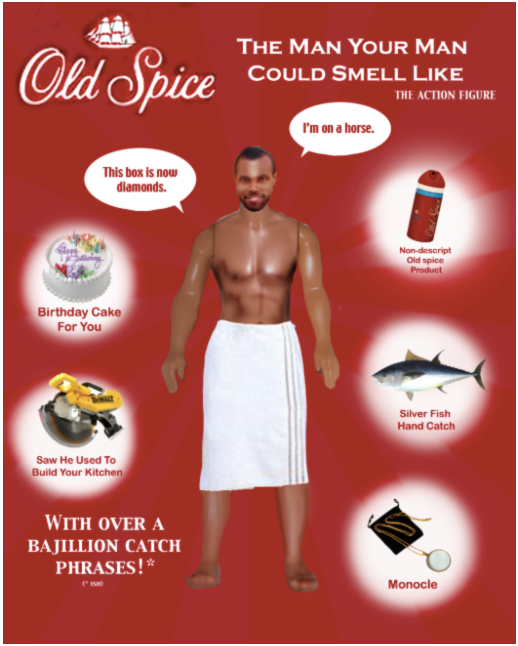
It paid off.
#3: Don’t Sell Your Product
This is a powerful and dangerous methodology.
What is it your leads are going to utilize the product to get. An effective, albeit less-than-ethical example, would be many comic book ads.
They’re selling to young and pre-teen boys and exploit it to their advantage.
Take this ad “selling” a necktie. It’s actually selling results (that obviously will never happen).
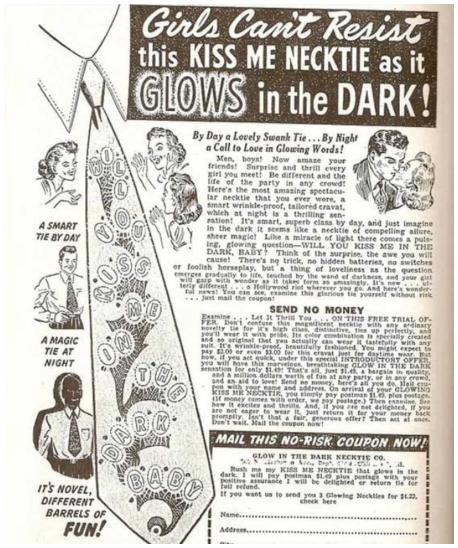
There are also x-ray glasses promising to see through, well, not walls. It works, but use discretion and don’t lie to kids.
#4: The Direct Approach
If you have a clear advantage over your competition, it’s good marketing to just call it out.
Make it bold, incredibly easy to see and let it fly.
One of the most effective examples of this is the Dollar Shave Club.
They have hilarious ads, but this one becomes more impactful by highlighting the astronomic prices of razor blade refills.
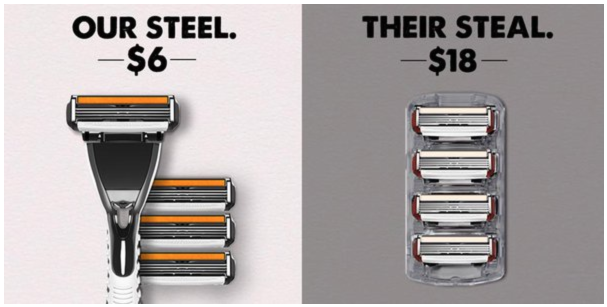
#5: It’s the End of the World as We Know It
This one has worked well for nearly a century. Back in the cold war days, it was easy to get just about any middle class family riled up. Everyone wants to protect against impending doom. If you can convince people of peril and that your product is the solution — you’re in business.
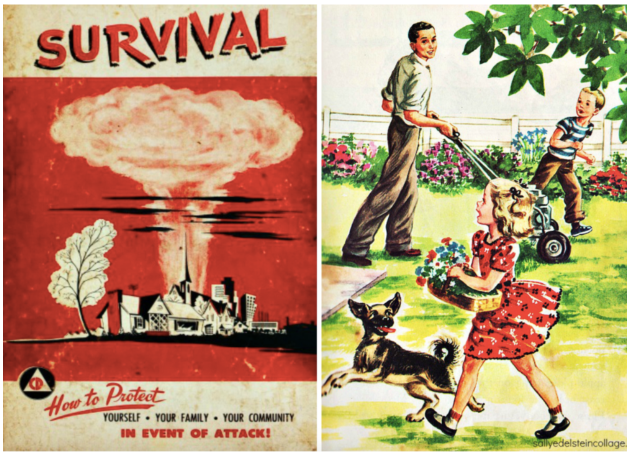
#6: In Public with No Pants
There is just as much marketing power in “I don’t want” as there is in “I want”. No one wants to be embarrassed when they don’t have to be. The most stunning example in our generation are anti-smoking ads from the Center for Disease Control (CDC).
Just take a look at the one below. Horrifying, right?
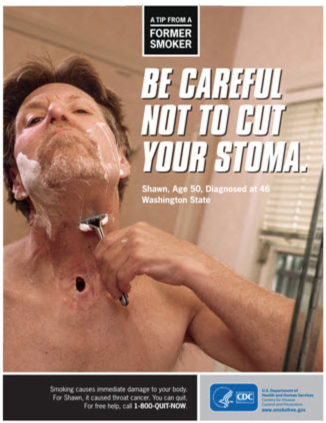
#7: Tell a Cheeky Joke
Being funny works, but it’s a serious skill to make everyone laugh at something that sounds like an “inside joke”. Using double entendre, and other joke styles go over incredibly well. Take KFC, for example.
The chain ran out of chicken in the U.K., and understanding how crazy that is, put out the ad below. Hilarious.
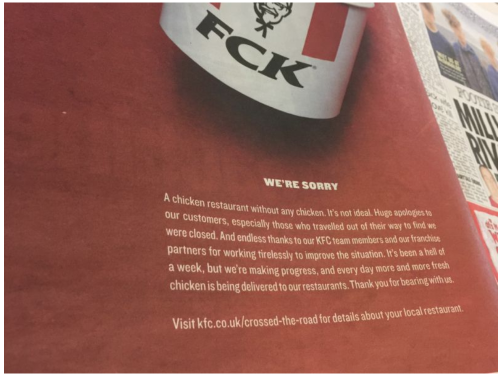
#8: Huh?
Making people take a double take, or have to lean in for the payoff has always worked. It’s also one of the least used methods in advertising.
Here’s a Pampers ad that literally made you look.
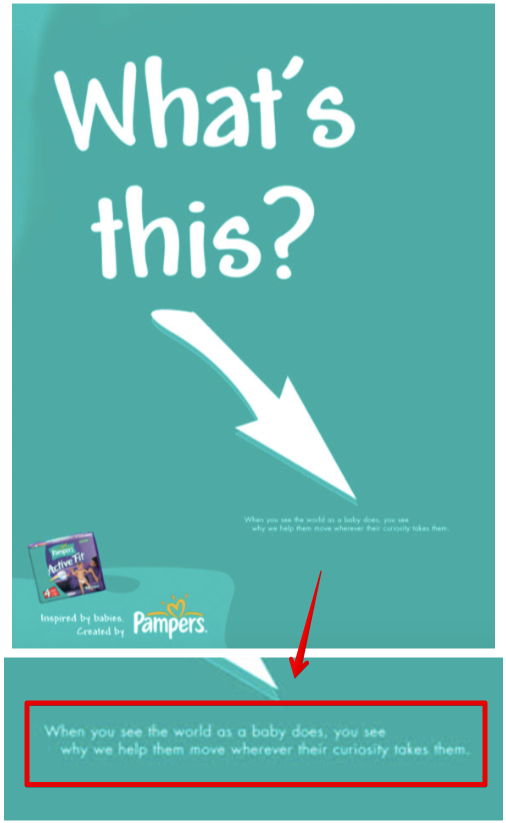
When creating your own, think, not quite “click bait” annoying and you’re probably good to go.
#9: 4-Hour Work Week
Making a claim that most people would say isn’t true has always been good marketing.
Even though the term “get rich quick” is often accompanied by “scheme”, it doesn’t stop people from using it to sell.
Sometimes, like in the case of the example, it’s true. Tim Ferris has become famous for a book title that may be less than savory.
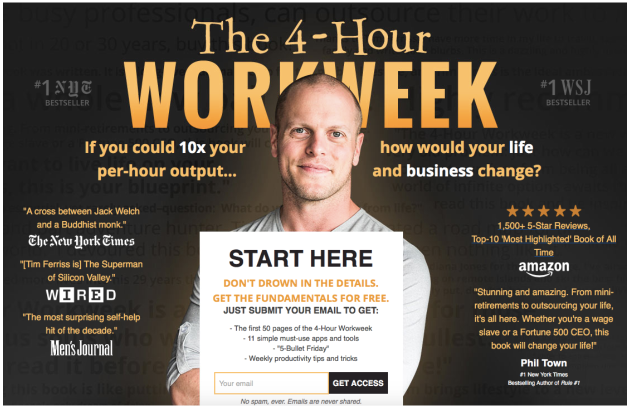
#10: Put Up or Shut Up
Elon Musk wanted to raise $10 Million for an upcoming project.
How did he do it? Selling flamethrowers to the general public.
His audacious tagline?
“Kills Zombies or Your Money Back”
Would it? Probably. Did he sell 20,000 of them for $500 a piece in less than 100 hours. Yes, he did.
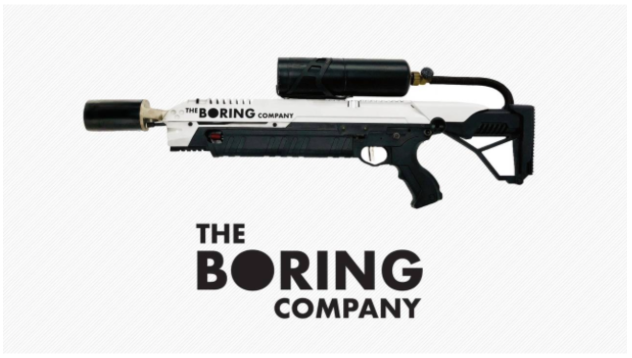
#11: You Can’t Refuse
Knowing your market goes along way with some of these methods.
Men and women who lose their hearing in their 40s-60s can be self-conscious about hearing aids sticking off of their earlobes.
The only thing hear.com had to do is make sure to convey that their hearing aid is indeed invisible.
This automatically pulls their ideal buyers to the site for further nurturing.
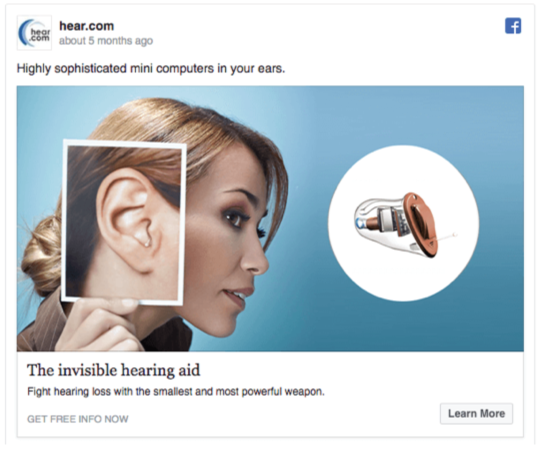
#12: Gift for Showing Up
If you want someone to visit your site or physical location, it helps to offer something your target buyers want.
In a town close to the Smoky Mountain National Park, there is a massive outdoor store, called Smoky Mountain Knife Works.
Give you one guess to tell me what they (primarily) sell. Knife Works offers (last I checked) a free knife to any and all tourists who stop into their store.
The knife you get is the size of a paperclip and weighs about the same, but the billboard telling you about it is, well, the size of a billboard.
#13: I Can – Now
Everyone has a “beef” with either a real problem or sometimes an imaginary subset of society.
If you can tap into that with those who buy your products, ads will draw people. A very real problem was a lack of equal housing.
There is legislation to stop this, but people need to be aware. The Department of Housing and Urban Development is trying to do just that.
See the ad and how they are empowering all people to utilize their rights to equal housing.

#14: Facts and Figures
Numbers can sell products. Especially for things geared towards number crunchers. But even a broad approach can work (e.g. Geico’s “Save 15% or more”).
Another example of this would be Colgate’s 8 in 10 dental professionals recommend their toothpaste.

Important: You don’t want to go with too many numbers. Just one stat that goes along with your primary offer and call-to-action (CTA).
#15: Direct (Mail) Approach
Just a couple of days ago, I walk to my mailbox and I see a big red, white, and blue envelope.
The copy on the envelope led me to believe it was something important. Open it up…and it’s a FingerHut catalog.
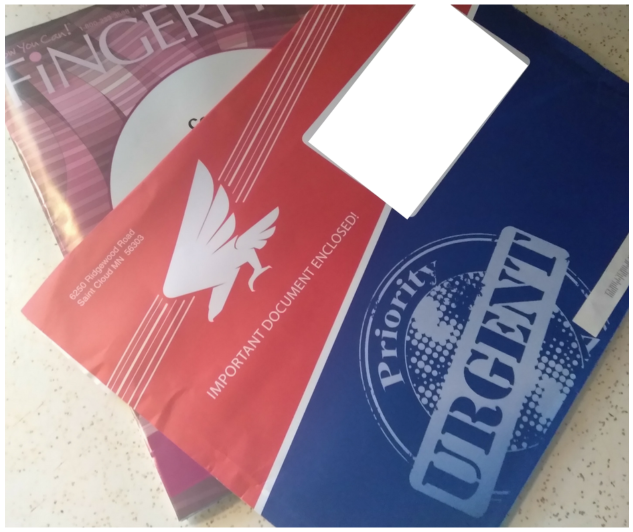
My first thought, “What, is this 1996?” But then, I acknowledged that at least I opened it up. Most mail like this goes away without reading.
#16: Get Wordy
You will see blog posts and articles saying that long form is dead, especially when it comes to print ads. This just isn’t’ true.
When done correctly, these have always worked. Granted, it’s not for everyone.
That said, if you’re trying to sell a high-priced item to an affluent buyer — words are good as long as they’re convincing.
Here’s a print ad from Rolls Royce. Take note of the small font print there. It may not have been an article in the magazine, but it was likely read by all who’d consider buying one of these luxury cars.
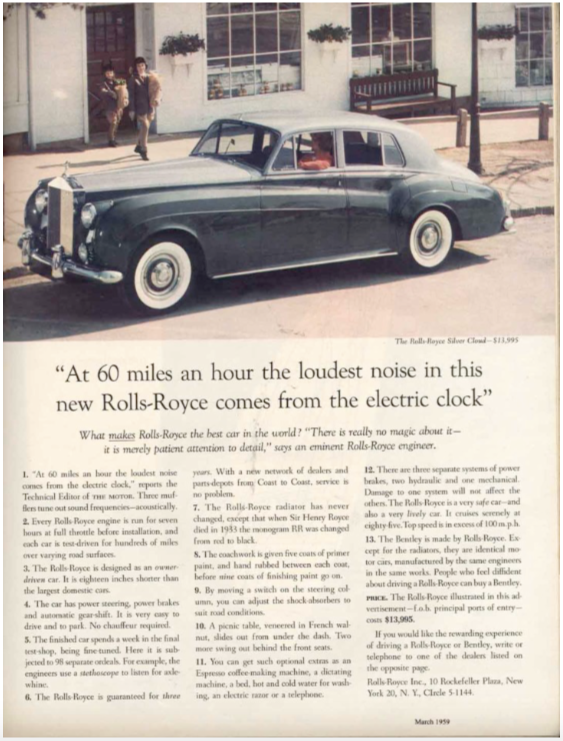
Even though it’s early funnel, complex or expensive products may benefit from long copy.
More words can also be used based on your buyers. If they’re more likely to read the text (affluent men and women, for instance), give them more great copy to consume.
#17: Don’t Sugarcoat It
You may not sell a magic-bullet that eliminates the need for effort on behalf of your buyers.
If you don’t lower the cost of razor blades by ⅔ of the price, that’s ok. But you will have to be upfront — and it can actually help your case.
Amy Porterfield has an online course about creating online courses (see screenshot).
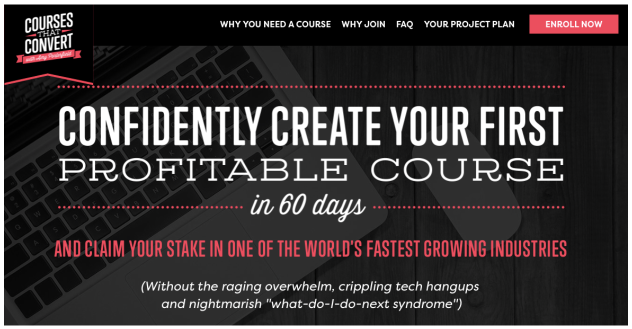
Toward the end of her long-form sales page, there is a section to help visitors determine if the course is a good fit for them.
Amy is very explicit here that her course will need work. Take a look at this next screenshot.

#18: Send Something Unexpected
Here’s another direct mail tactic that works. A person opens up their mailbox and sees an envelope with a see-through panel.
In the panel, there is a real key to a car.
Open it up and the letter says something to the effect of:
“As you can see, we’ve attached a key. All you have to do is come down to [insert car lot] and try it out on this brand new [insert car make and model]. If it starts, it’s yours!”
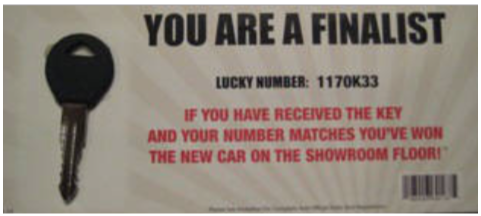
#19: Books Still Work
Ebooks were really popular from say, 2005-2015. As the net moves more toward video and interactive content, most have abandoned digital books as lead magnets for advertising.
Those who have stuck with it are being rewarded and even expanding the number of books.
MuleSoft is a company with a ton of products for developers. Their target customers range and so do the interests of those buyers.
Here’s a screenshot of how they write about topics that customers want to read but simultaneously relate to certain products sold.
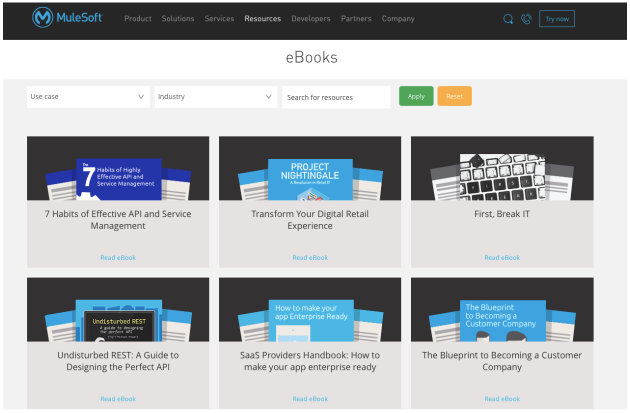
#20: Names and Faces
Heavy personalization of your products or figures that sell your products is huge.
If you can put a name or face onto either what you’re selling or who is selling your product, people will be easier to draw and influence.
One of the most recent effective versions of this is Amazon’s Alexa Super Bowl ad (YouTube video below).
The whole thing is about Alexa (the voice of the system) going missing. She shows back up at the end in a super personal way. Saying, “Thanks guys, but I’ll take it from here.”
#21: That’s Just Shocking
Grocery store checkouts and magazine stands have made their rent on tabloid sales for decades. The headlines are borderline absurd, but people will read them.
And, if your product happens to be linked to a crazy headline — it’s advertising.
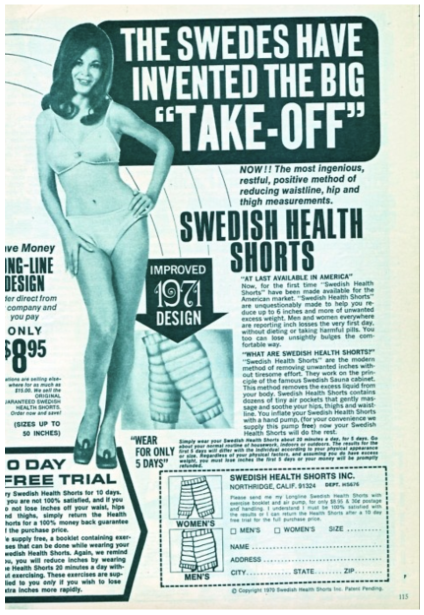
Usually, it talks about someone doing something or something happening. Here it’s “The Swedes” are inventing.
Essentially, you’re stealing attention with your headline.
Then, it’s up to the rest of the copy (often just as risque) to make the product appealing.
#22: Fanatic Testimonials
I’m not talking about, “I used and saved $XX”. This is about changed lives for the better.
Take the example of three different people who learned how to code from Code Academy and made a decision to change the course of their career.
Code Academy took full advantage and made a short, yet compelling documentary hybrid testimonial of all three.
If your product, service or organization makes people’s lives better — or even saves them — use this!
#23: It Said What?
Taboo or shock value can make people look, and when people look they’re more likely to interact with your brand or organization (if the copy is good).
Saying something that makes people stop and look around to see if anyone else is looking will almost always apprehend minds.
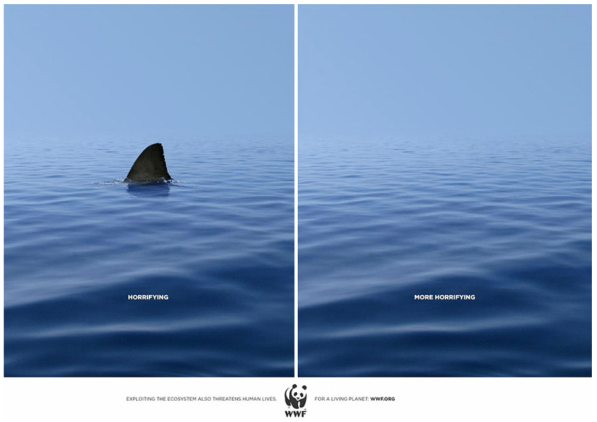
We’re down to the final 9 items on our massive list of compelling copywriting methods.
Not all of the items on these lists are going to be right for your marketing strategy.
If you sell something shocking, be shocking. If you sell something that has a clearly prominent feature, show it off.
All of these methods are here for you to shop, adapt, and try out the ones that can work for what you’re selling.
Let’s finish out the list.
#24: Train Wreck
People can’t help but look at something they know won’t be good.
Calling attention to something that makes clicking or turning the page irresistible can be great — but there’s a right way and a wrong way.
For instance, “What to Never Eat on a Plane” is a famous headline that shows us how to make someone want to know.
They want to see pics of nasty food, they want to be warned.
That said, there’s a huge amount of garbage “clickbait” being used and it’s actually changing the effectiveness of advertising.
#25: Tap Into Pride
Want to get a response? Challenge your prospective buyers. It’s the equivalent of the triple-dog dare.
Here’s a great use of it in a campaign to try and encourage more men to become nurses.
There’s a stereotype that RNs can only be women. It has carried over from the mid 20th Century. Here’s the ad example:
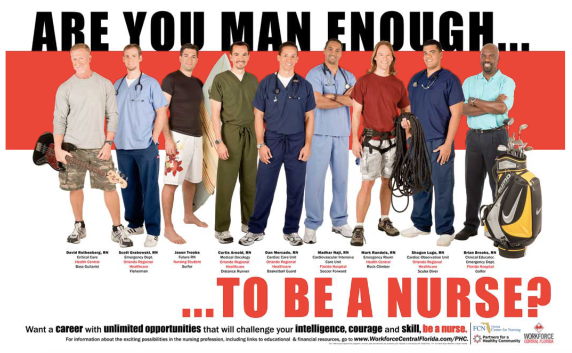
#26: Are You a Fit?
This one is super easy, but there’s a catch. There really won’t be too many people who fit your negative persona.
Here’s an example to explain what I mean.
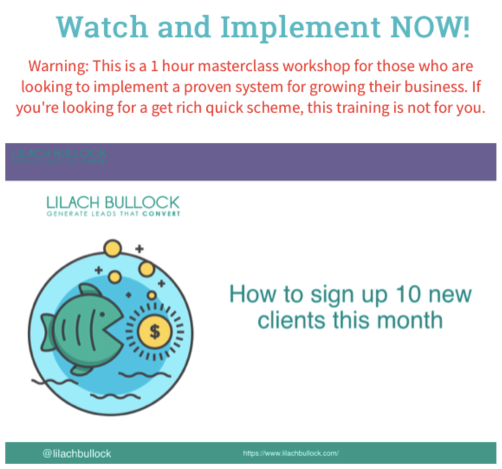
Here’s a webinar registration page for Lilach Bullock. Notice the red print “Warning”. She makes sure to put “If you’re looking for a get rich quick scheme, this training is not for you.”
Who is looking for a scheme?
No one.
The genius of this method is to actually motivate those who read it to prove that they aren’t looking to “get rich quick”.
#27: Uppity
People love thinking about how cool they are. Think about CrossFit and Veganism.
Sure, they’re both great, but the people who ascribe to these lifestyles are known for being vocal about it.
Use this to find your best, most loyal customers. Take this ad for a grocery website that targets the most foodie of foodies.
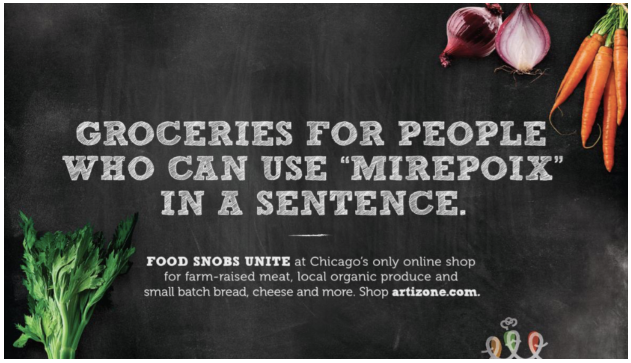
I can imagine a local Chicago food lover saying, “Finally! Somewhere to shop that ‘gets me’.”
#28: We’re Hiring…Customers
You’re on the lookout for buyers. If you can figure out how to make your product seem like a lucrative opportunity for prospects, you’re much more likely to get people’s attention.
Here’s an example from the 1990s.
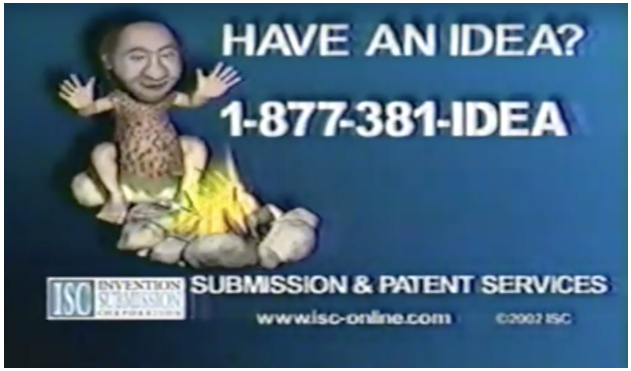
It’s a screenshot of a commercial looking for inventors. It’s actually a service to help people file patents on their ideas.
It’s true, this company was looking for inventors.
However, it wasn’t to give those interested their “big break”.
#29: I’m Just Like You
Convincing your target market that you “get” them is a very powerful way to build trust and get people interested.
If you sell something expendable (i.e. vacationing, leisure products), it’s a matter of saying that you understand exactly what it’s going to take to make them have the best time.
Or, like in our example, even poke fun at your audience and get them to pay attention.
Here’s a great ad in the Oxford American promoting Kentucky.

They intentionally made a typo in the heading. Be sure to read the tagline at the very bottom, too.
#30: Selling Adventure
So, you sell something normal. It’s ok.
Everybody needs normal stuff. Clothes, home, and office supplies.
All basic needs, right?
That said, when you sell something that is normal — the better storyteller wins the day.
Unless you want to be known as the low-cost generic, it could take standing out on story alone.
Here’s an example.
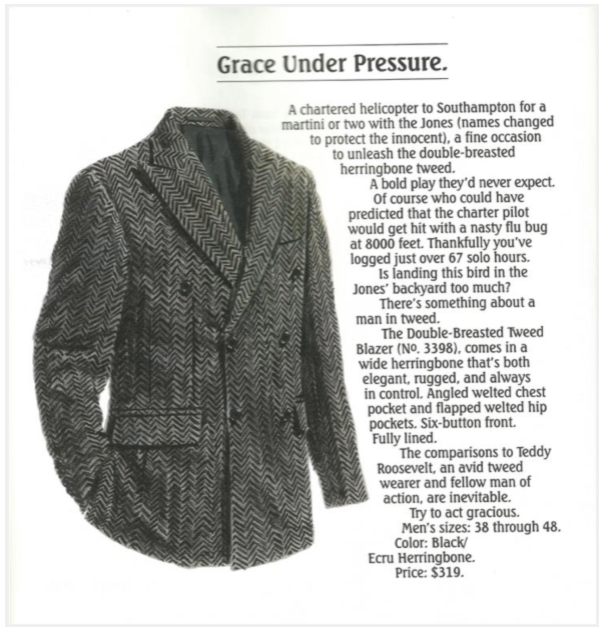
The most infamous storytelling copywriting in the world belongs to the J. Peterman catalog.
It’s unique, to say the least.
But it spoke to its target market — wealthy people who made their money doing boring things.
#31: Hammer Home Something Specific
There’s a big difference between figuring out differentiators in your products and actually showing them off.
The better you do this, the more you can attract the right buyers.
Safe cleaning supplies have a “natural” advantage over their chemical competitors. (See what I did, there?)
But that won’t do you any good unless those looking for a good alternative can see the difference.
Take a look at this video showcasing a product called “what-EVER”. It really needs no introduction or explanation.
Flower Timelapse from Halski Studio on Vimeo.
#32: Snob Appeal
This tactic works well for brands with a higher perceived value and a high price point.
Some customers don’t mind paying more for a good product, but others want to have the best and be seen as having the best.
Starbucks knows that a good chunk of their customers wants to be seen with their little green cups. If you didn’t already know that, here’s one of their ads.
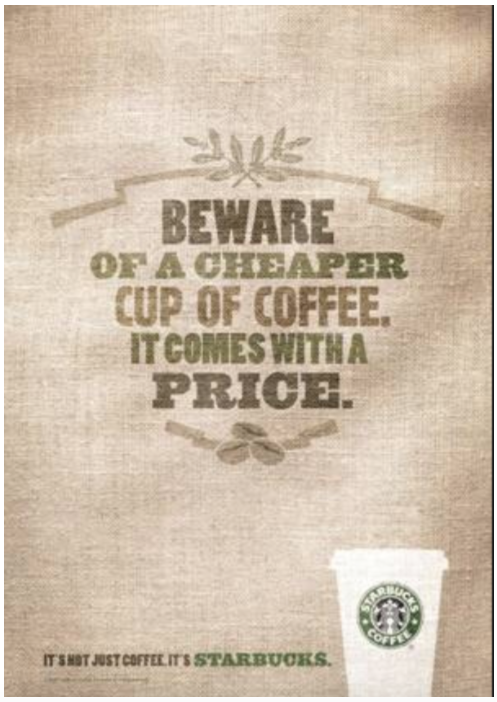
#33: Set the Monetary Value Yourself
Market-based pricing is set by supply and demand. However, some products aren’t nearly as valuable as they’re known to be.
Take diamonds, for instance, they really aren’t rare. In fact, one DeBeer’s chairman was quoted as saying that diamonds are “intrinsically worthless”.
That didn’t stop them from creating the standard of spending “two months’ salary” on an engagement ring.

There you go.
Plenty of copywriting methods you can use for your ad campaigns, landing pages, offers, funnels, etc.